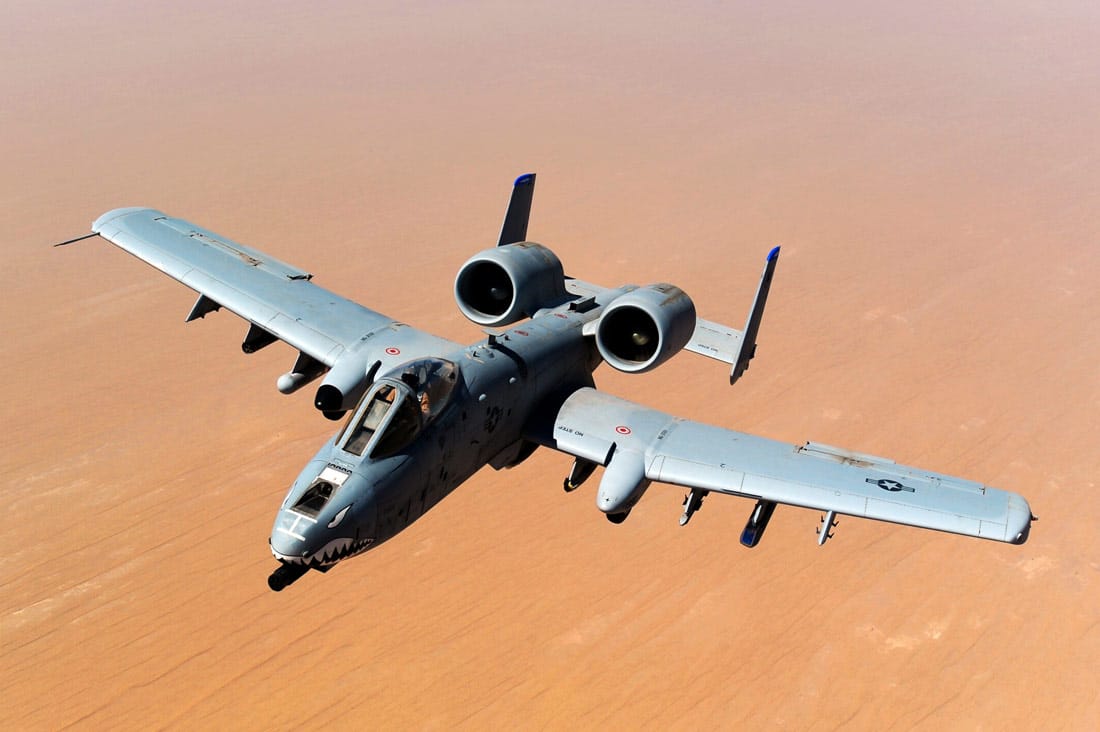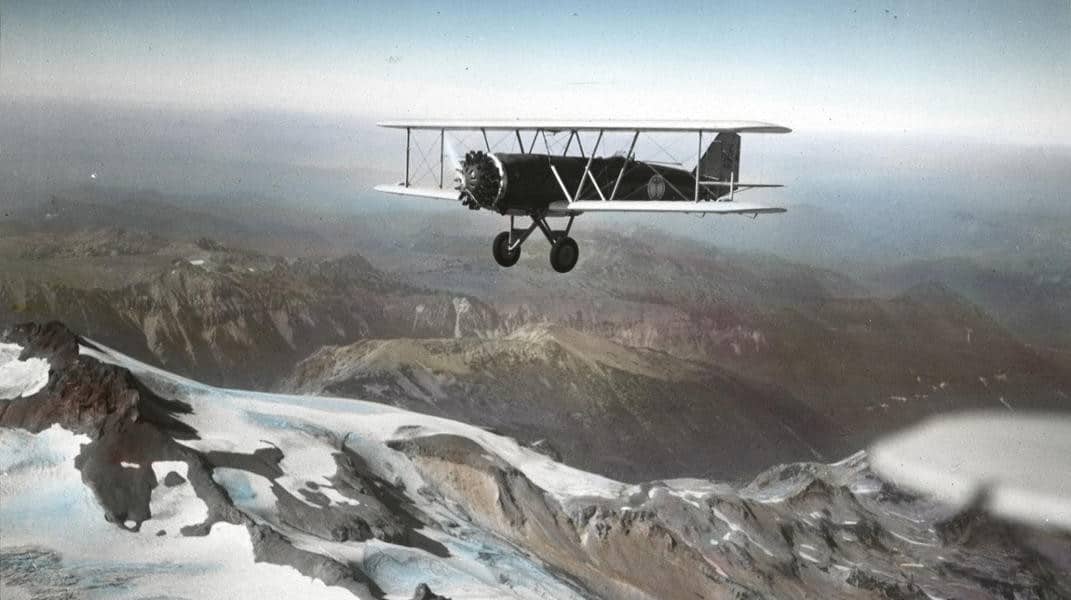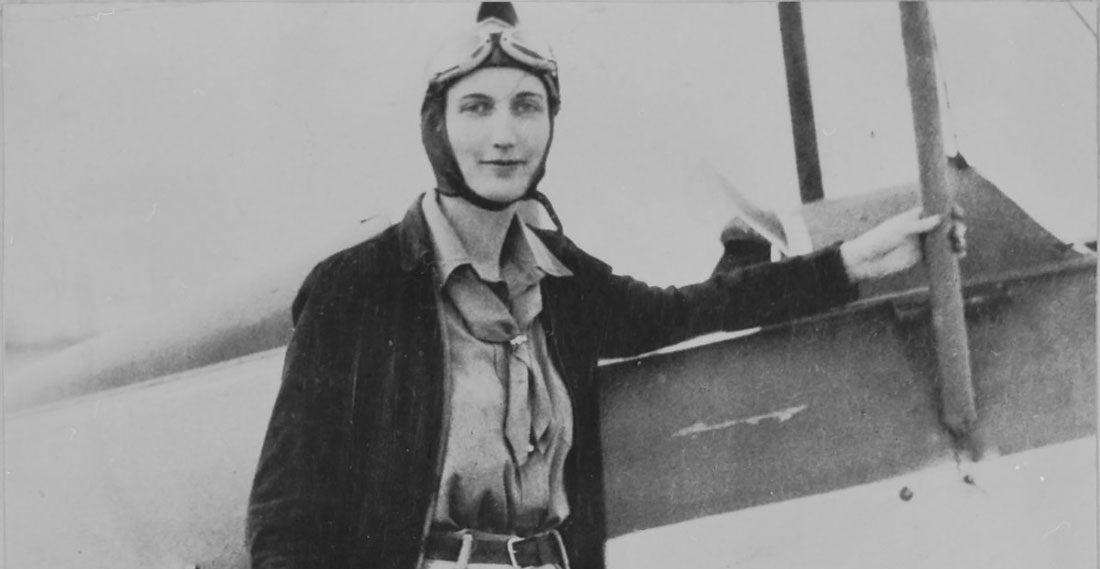The success of the P-38 program was career-defining for many Lockheed engineers, many of whom went on to become founding members of the Skunk Works.
If there’s a single group responsible for bleeding edge aircraft that wow the public again and again, it’s the Lockheed Skunk Works. Despite its peculiar name, the Skunk Works are the source of many high-profile planes that you may have heard of such as the RQ-170, F-80, SR-71, U-2, F-117, F-22, F-35, and the legendary P-38 Lightning. Quite the impressive resume for a group whose mascot is a skunk, no?
Simply put, the Skunk Works are the US’ secret aircraft research and development group and were founded with that exact role in mind. The Skunk Works have an interesting history that reaches back to the WW2 period when Lockheed Martin sought to produce fighter aircraft beyond the reach of enemy spies and friendly bureaucrats.
Drawing the Curtains Before the War
Lockheed was a typical aerospace company, and regularly took contracts from the US and other allied governments to develop or improve warfighting aircraft even before WW2 broke out. One such project was the P-38 Lightning, originally contracted by the UK as a long-distance high-speed interceptor.
The P-38 was developed in secrecy using Lockheed’s best engineers at the time. After three years of development, the P-38 was deployed, boasting several features that other aircraft at the time could only dream about, including an advanced airframe that drastically reduced drag and weight. The success of the P-38 program was a career-defining moment for many Lockheed engineers, some of whom would later go on to become the founding members of the Skunk Works.
Throwing Together a Jet
After the US had entered WW2, senior military officials got wind of German efforts to build a jet-powered fighter airplane– the Messerschmitt Me-262. The US needed to start developing a jet-powered fighter and fast. The military turned to Lockheed, which quickly rose to the task. Within a month of receiving the military’s request, Lockheed submitted a preliminary design document which would ultimately become the F-80. The military was impressed by the speed and ingenuity that Lockheed had shown and instructed them to start work immediately—before they even had a formal contract for the plane’s development drawn up. In a feat of sheer engineering skill, Lockheed developed a prototype of their design within five months.1
Lockheed hadn’t received the official government contract to develop their design until four months of the way through the development process. A lack of paperwork didn’t stop Lockheed, and their habit of flying through plane development without formal documentation or oversight became enshrined in the jet development group’s culture. Though the F-80 wouldn’t be deployed until the Korean War, its performance was impressive enough to warrant the military’s green light of further aviation projects by Lockheed’s secretive group.
A-10 Warthog: The Close Air Support Specialist

The A-10 Warthog. Combat ground troops love it and Air Force leaders hate it, favoring the new F-35. What does that say about the current state of military affairs? But the A-10 has a record that can’t be contested, a record going back to the first Gulf War, and that’s the reason that its retirement keeps getting delayed. The A-10 Thunderbolt II is really the only true aircraft built solely for Close Air Support (CAS) in the U.S. military. Many other newer aircraft and even older aircraft [Click to read more…]
Coining a Stinky Name
During the F-80 development cycle, Lockheed’s development hangar was located near a bad smelling plastics factory, much to the chagrin of the engineers and technical staff. Though it’s unclear whether the factory smelled like skunk spray, contemporary accounts agree that the smell regularly permeated throughout the hangar, and was nearly impossible to avoid inhaling. The name “Skunk Works” was simply stolen by cheeky engineers from a popular comic at the time— Li’l Abner—which occasionally featured an isolated factory which also produced an awful smell.1
The name had little permanence in the minds of those who worked there, though. Most assumed that the F-80 project would be the first and last time that they worked together in conditions of remote secrecy and freedom from bureaucratic oversight. Luckily for them, they underestimated the amount that the military had been impressed with the speed and quality of their handling of the F-80 project.
Word of mouth spread from the military to the intelligence community, and by the 1950s Lockheed was receiving requests from the CIA that were specifically interested in contracting the same group of engineers that had pulled off the F-80 without leaking any information or producing a lemon. Lockheed accepted the CIA’s proposition and asked the engineers to begin designing the U-2 spy plane, official contract sight unseen. To increase their chances of receiving future requests, Lockheed formalized the segregation, secrecy, and mandate of their jet development group, which by the 1960s would be formally crowned as the Skunk Works.
What’ll we get next?
After the impressive early days, the Skunk Works seemed to flip into overdrive. In the 60-odd years since receiving their CIA contract, the Skunk Works have regularly produced aircraft with paradigm-shifting capabilities. Starting with the high-flying U-2 spy plane and culminating in recent successes like the F-22 Raptor and the Desert Hawk UAV, the Skunk Works have proven themselves as eminently capable aeronautical engineers.
The future of the Skunk Works is hard to definitively predict due to the intense secrecy that is their standard, but we do get the occasional peek into their areas of development. In the coming years, expect to see more advanced UAVs that use solar power, such as a successor to the Lockheed Martin Polecat.
Aside from UAVs, the Skunk Works have always been at the forefront of stealth technology development, and with the F-22 and F-35, has started the trend of including stealth features in all combat aircraft. Though the Skunk Works most recent development, the RQ-3 DarkStar fully autonomous stealth UAV project was canceled, it’s unlikely that Skunk Works is about to give up on stealth planes. It makes sense that the Skunk Works would be working on even more sophisticated super-fast and super-stealthy aircraft as well as UAVs.
The Skunk Works seem to be looking at the civilian aerospace market as well. Recently, work started on developing a “Quiet Supersonic Transport” which would be used for passenger flights. If Skunk Works is willing to talk to the public about developing an aircraft that can move at very high speeds nearly silently, it’s a good bet that they’ve already developed a similar aircraft for military use years ago. It’s quite likely that we’ll keep getting surprises about what Skunk Works is capable of as they let some of their expertise into the civilian space.
Featured Image: F-117 Nighthawk, courtesy of Staff Sgt. Aaron Allmon II, USAF
Sources and References:
1 – Lockheed Website, Skunk Works Story, Retrieved 3-22-17















Leave a Reply